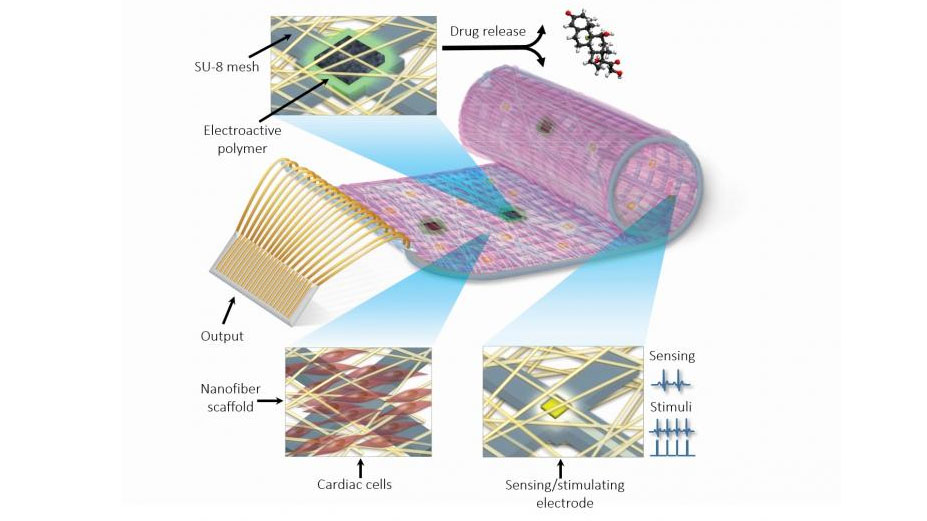Scientists invent 'cyborg' heart tissue
Tweet your heart out

In the future, having a heart-to-heart with someone might no longer be a case of expressing your feelings while gazing at each other in soft focus, but might instead be more about sharing your body's Wi-Fi password, if research from Tel Aviv University is anything to go by.
Scientists there have developed a "cyborg cardiac patch" which combines organic tissue with engineered parts that could provide an alternative to heart transplants - which is good news when donor organs are so scarce.
According to the press release, the scientists say it surpasses the capabilities of a purely human solution, as it is able to contract and expand like human tissue, but can regulate itself like a machine - giving the bionic tissue the best of both worlds.
Internet of Icky Things
Perhaps most significant though are the implications: Bionic tissue could enable doctors to be much smarter. For example, a bionic heart could be used to monitor the heart using built-in sensors, and even release drugs if need be.
"Imagine that a patient is just sitting at home, not feeling well," Prof Tal Dvir, who invented the technology, said. "His physician will be able to log onto his computer and this patient's file -- in real time. He can view data sent remotely from sensors embedded in the engineered tissue and assess exactly how his patient is doing. He can intervene to properly pace the heart and activate drugs to regenerate tissue from afar."
And eventually, the hope is that once the technology is mature it could even self-regulate, with no doctor needed: "The longer-term goal is for the cardiac patch to be able to regulate its own welfare. In other words, if it senses inflammation, it will release an anti-inflammatory drug. If it senses a lack of oxygen, it will release molecules that recruit blood-vessel-forming cells to the heart", Prof Dvir explained.
At the moment, the technology is a long way from conventional use, but the news does offer a glimpse at how bionic tissue could be used in the future.
Sign up for breaking news, reviews, opinion, top tech deals, and more.
The scientists behind it also hope that the same proof-of-concept could also be applied to spinal cords and the brain, for treating neurological conditions.